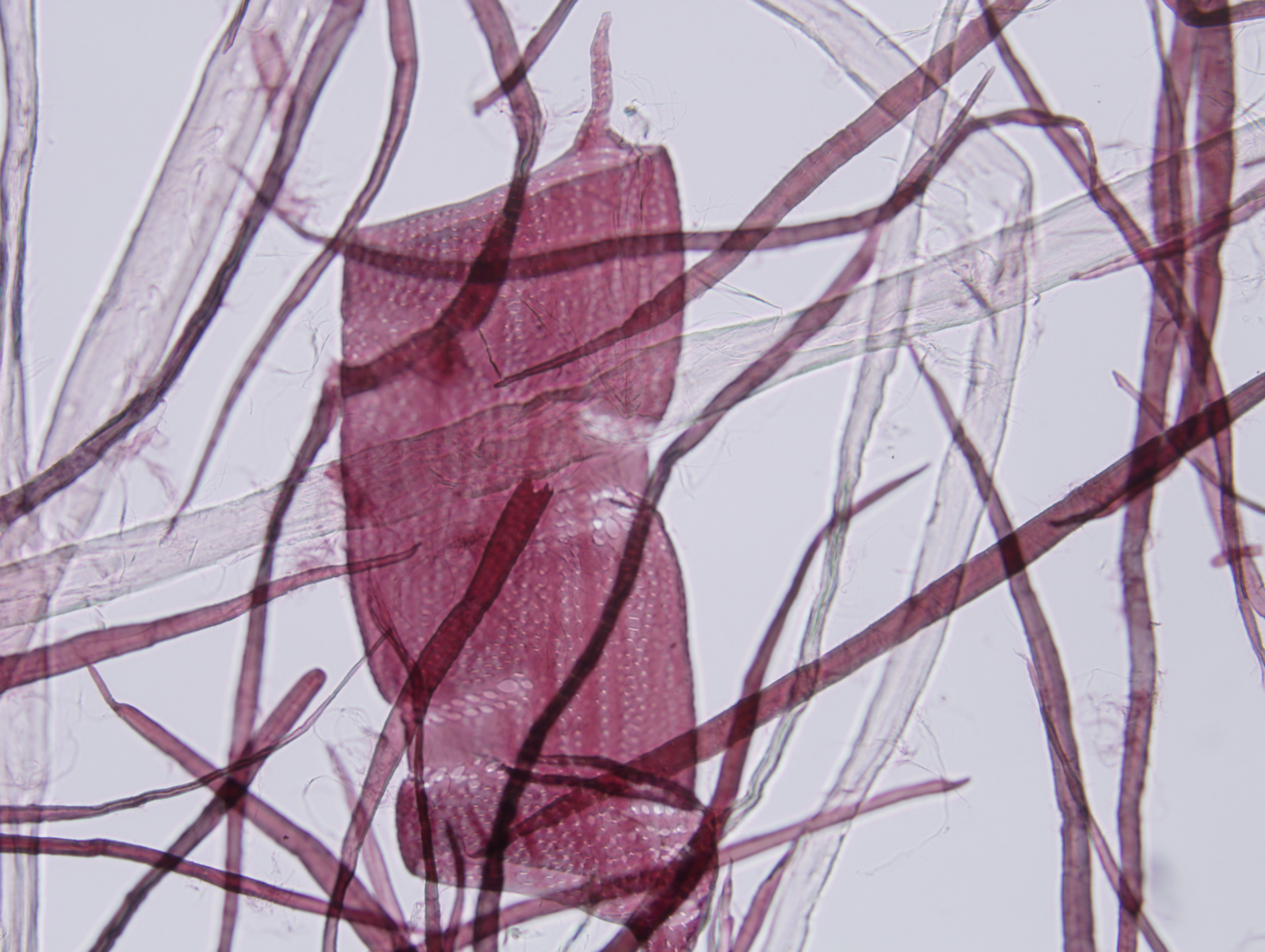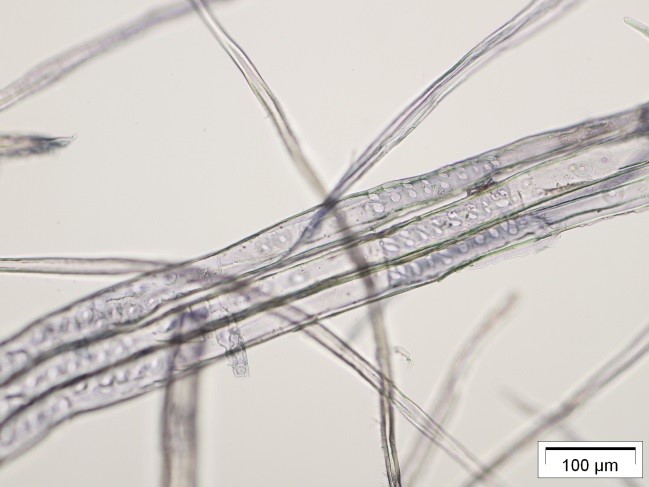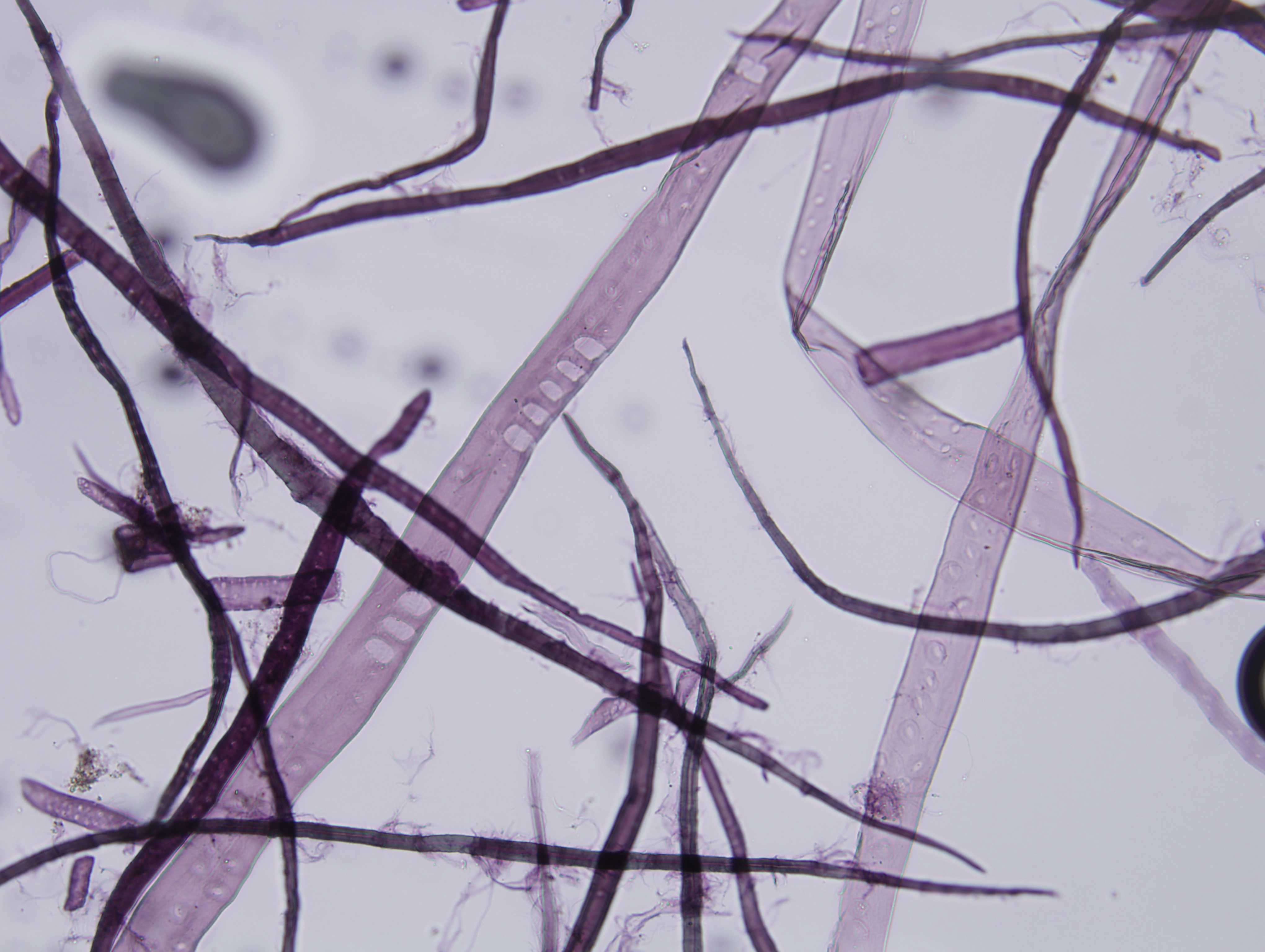In the research project, we are developing automatic image recognition systems for determining wood species using artificial intelligence in cooperation with the Thünen Institute for Wood Research in Hamburg.
In 2013, the Federal Republic of Germany committed itself to preventing the import and distribution of illegal wood species and to implementing the Washington Convention on International Trade in Endangered Species of Wild Fauna and Flora. Among other things, this requires a clear identification of the wood species in the various materials and products made from wood. Our research supports us in this process.




